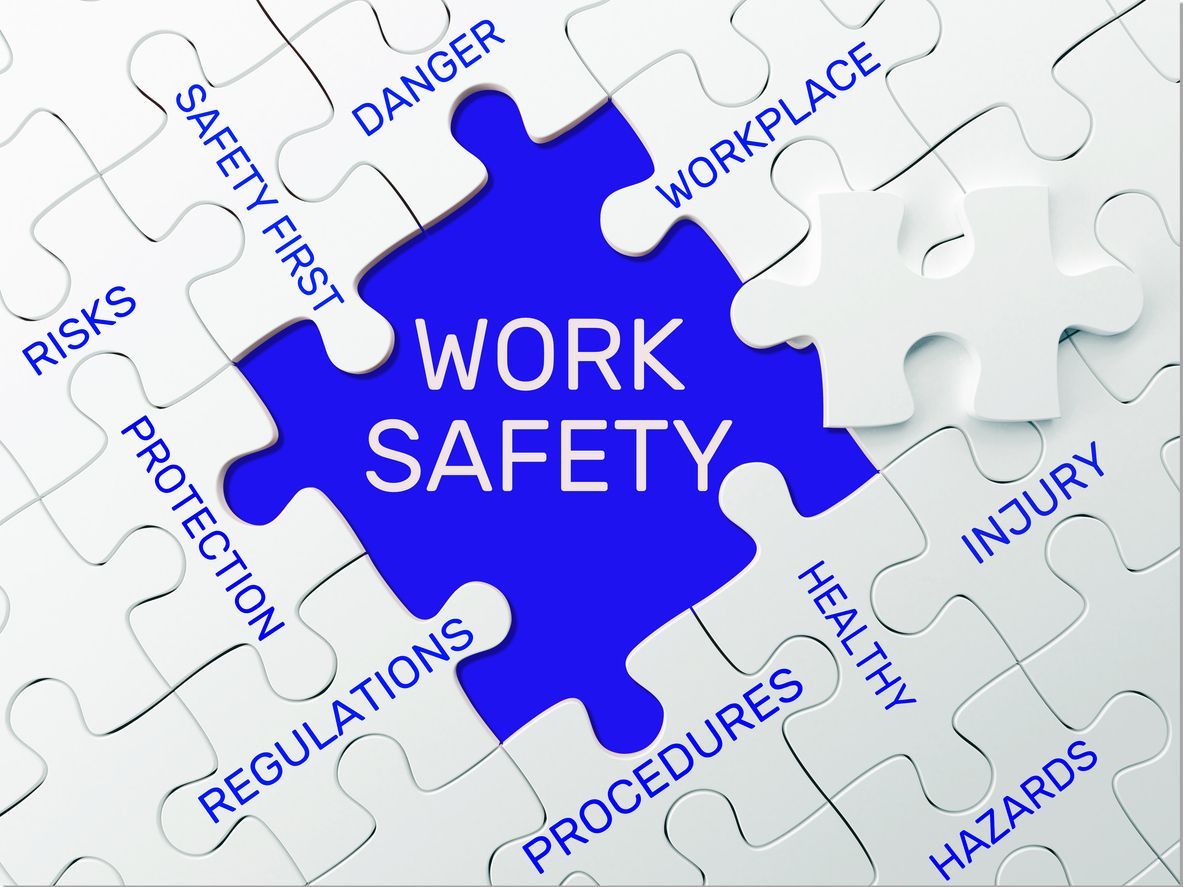Navigating New Regulations: Ensuring Compliance with OSHA’s Updated Hazard Communication Standard

As safety professionals, keeping up with regulatory updates is essential to ensuring a safe and compliant workplace. The Occupational Safety and Health Administration (OSHA) has made significant updates to the Hazard Communication Standard (HazCom), which aim to improve safety across industries that handle chemicals. These changes reflect a global move towards better hazard communication and are designed to reduce workplace incidents by providing clearer, more accessible information. Here’s a deeper dive into what these updates entail and how you can effectively implement them in your workplace.
What is getting updated?
More Detailed Hazard Classification
OSHA's update includes a more detailed framework for classifying the health and physical hazards of chemicals. This enhancement aligns more closely with the Globally Harmonized System (GHS) and aims to provide uniformity in hazard assessment. What this means for your workplace is that every chemical can now be assessed with a clearer set of criteria, reducing variability and enhancing the accuracy of hazard identification.
Comprehensive Labeling Enhancements
The revisions to labeling requirements are substantial. The new labels will now feature:
- Updated Pictograms: Clearer visual symbols that quickly communicate specific hazard information
- Enhanced Hazard Statements: Specific phrases describing the nature and degree of hazard a chemical presents.
- Precautionary Statements: Directions on how to minimize or prevent adverse effects from exposure.
- Signal Words: "Danger" or "Warning" to emphasize the severity of the hazard.
These changes are designed to provide instant recognition and understanding, making it quicker and easier for workers to respond appropriately to potential hazards.
Standardized Safety Data Sheets
The standardization of Safety Data Sheets into a consistent 16- section format is a key update. This structure ensures that information such as chemical properties, instructions for safe handling, and emergency control measures are uniformly presented, which is crucial during emergency responses. The sections are organized to facilitate quick access to information that is most likely needed in an emergency.
Steps to Implement the Updated HazCom Standard
Review and Update Your Chemical Inventory
Begin by auditing your current chemical inventory. Ensure every chemical has an updated Safety Data Sheet and that all labels reflect the new standards. This may require coordination with chemical suppliers to obtain the most current information.
Educate and Train Your Workforce
Update your training programs to include the new labeling elements and the format of the SDSs. Training should be comprehensive and include practical exercises that help employees familiarize themselves with interpreting the new information. Consider regular refreshers to ensure ongoing compliance and safety.
Revise and Distribute Updated Safety Materials
Once you've updated the SDSs and labels, distribute these materials to all relevant areas of your operation. Make sure that all employees know where to find these documents and understand how to use them in their daily operations and in emergency situations.
Monitor and Audit for Compliance
Regularly auditing your processes and practices is crucial to ensure ongoing compliance. This includes periodic checks of chemical storage areas, random reviews of SDSs and labels, and assessments of employee knowledge through quizzes or informal discussions.
How SEA Can Support Your Transition
At Safety & Environmental Associates, Inc. (SEA), we specialize in helping companies like yours navigate complex regulatory landscapes. We offer tailored support in auditing your current hazard communication programs, developing and delivering targeted training, and ensuring that your documentation and labeling are up to date.
Embrace these changes with confidence by partnering with SEA. Let us help you enhance your workplace safety standards while ensuring full compliance with OSHA’s updated HazCom rules. Reach out today to start the conversation about how we can support your safety goals.
By Derek Jennings, President SEA
Leave A Comment



